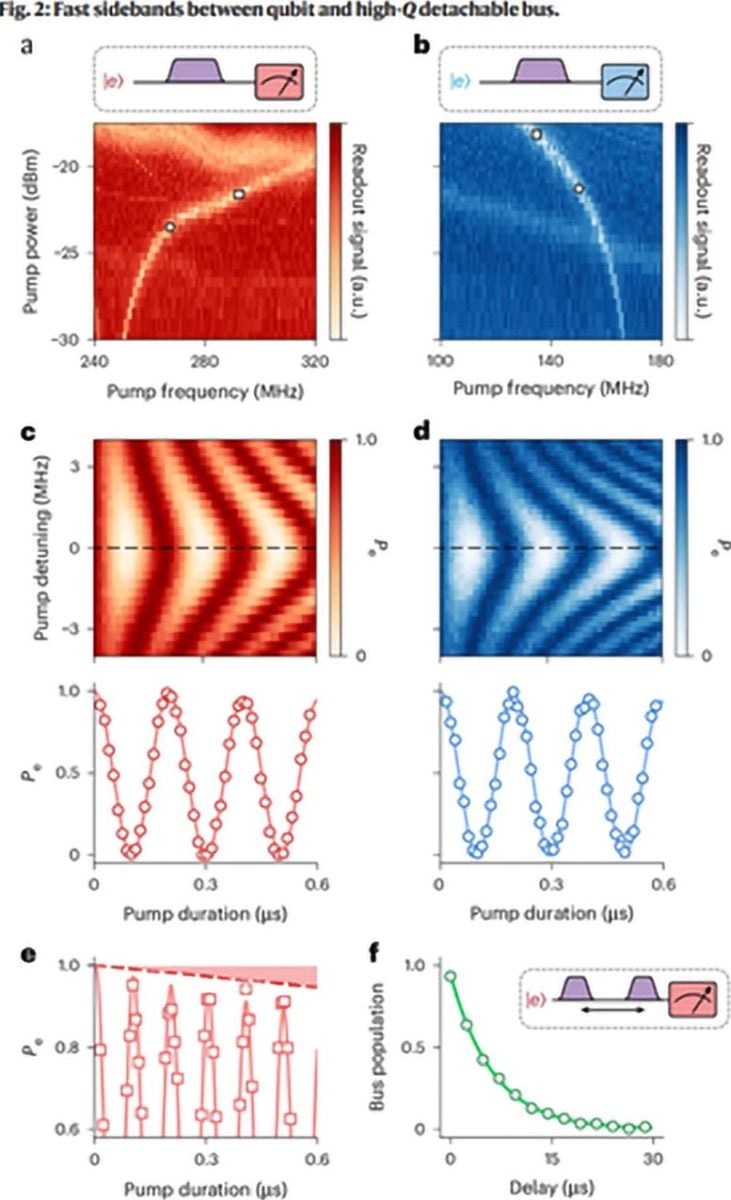
A modular quantum processor design shows ~99% fidelity. It paves the way for scalable quantum computing.
What do children’s building blocks and quantum computing have in common? The answer is modularity.
Constructing a quantum computer as a single, unified device proves extremely difficult. These machines depend on manipulating millions of qubits, the basic units of quantum information, yet assembling such vast numbers into one system is a major challenge.
The solution? Finding modular ways to construct quantum computers. Just as toy bricks snap together to form larger, more complex designs, researchers can build smaller, high-quality modules and then connect them to form a complete quantum system.
Building on this principle, a team from The Grainger College of Engineering at the University of Illinois Urbana-Champaign has introduced an improved method for scalable quantum computing. They demonstrated a high-performance modular design for superconducting quantum processors, showing how such an architecture can achieve both efficiency and adaptability. Published in Nature Electronics, their results advance earlier approaches and move closer to creating scalable, fault-tolerant, and reconfigurable quantum computing platforms.
Advantages over monolithic designs
Superconducting quantum computers built as single, unified systems face constraints in both size and fidelity, the measure that determines how reliably logical operations can be carried out. A fidelity value of one represents perfect accuracy, so researchers strive to reach levels as close to this benchmark as possible. Unlike these restrictive monolithic designs, modular architectures offer greater scalability, easier hardware improvements, and resilience to inconsistencies, making them a more promising path for constructing quantum networks.

“We’ve created an engineering-friendly way of achieving modularity with superconducting qubits,” said Wolfgang Pfaff, an assistant professor of physics and the senior author of the paper. “Can I build a system that I can bring together, allowing me to manipulate two qubits jointly so as to create entanglement or gate operations between them? Can we do that at a very high quality? And can we also have it such that we can take it apart and put it back together? Typically, we only find out that something went wrong after putting it together. So we would really like to have the ability to reconfigure the system later.”
High-fidelity connections
By constructing a system where two devices are connected with superconducting coaxial cables to link qubits across modules, Pfaff’s team demonstrated ~99% SWAP gate fidelity, representing less than 1% loss. Their ability to connect and reconfigure separate devices with a cable while retaining high quality provides novel insight to the field in designing communication protocols.
“Finding an approach that works has taken a while for our field,” Pfaff said. “Many groups have figured out that what we really want is this ability to stitch bigger and bigger things together through cables, and at the same time reach numbers that are good enough to justify scaling. The problem was just finding the right combination of tools.”
Moving forward, the Grainger engineers will turn their focus toward scalability, attempting to connect more than two devices together while retaining the ability to check for errors.
“We have good performance,” Pfaff said. “Now we need to put it to the test and say, is it really going forward? Does it really make sense?”
Reference: “A high-efficiency elementary network of interchangeable superconducting qubit devices” by Michael Mollenhauer, Abdullah Irfan, Xi Cao, Supriya Mandal and Wolfgang Pfaff, 27 June 2025, Nature Electronics.
DOI: 10.1038/s41928-025-01404-3
Never miss a breakthrough: Join the SciTechDaily newsletter.
6 Comments
you can stablize said pump by having a vaccuum and pressurize the ino. the electron needs to be studied with a base number which ionizes the pressure. vacuum as a fusion of dilithwuup and when the argon reaches full potential fuse it and pressurize the ion with a base pattern
Languistic Electronic Giant Operator.👍
Actually lymph(67 by percent)
Linguistic Electronic Giant Operator.(correction)
Actually Lymph OR plasma(0.67)
Linguistic Electronic Giant Operator.(correction)
Actually Lymph OR plasma(0.67)
Constructing a quantum computer as a single, unified device proves extremely difficult. Quantum phase transitions do not require independent description and can be fully incorporated into topological phase transition pattern images for research. Each pattern is a holistic property of the system and can reflect the topological properties of the system. The difference is that the patterns representing different states of the system (spin orientation and motion information of each grid point) contribute weights in the ground state of the system. In the transverse Ising model, only one pattern plays a dominant role, while in the transverse XY model, two patterns with opposite topological properties play a similar role, leading us to see completely different ground state properties, and the qualitative results have been able to support the previous conclusions.
Topological materials may be easier to understand than so-called quantum materials.